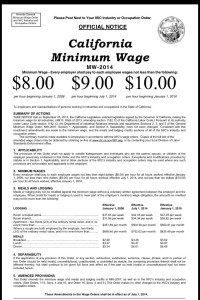Several of the most common benefit plans and account types have an increased allowance for contribution limits in 2015. The IRS has announced that it will raise the annual dollar limit on contributions for health care flexible spending accounts (FSAs), health savings accounts (HSAs), and 401(k) accounts based on cost of living adjustments (COLAs). These limits are reviewed annually by the IRS.
Health Care Flexible Spending Accounts (FSA)- The maximum allowed amount that an employee can contribute to an employer-sponsored health care FSA will be $2,550 in 2015 which is a $50 increase from the previously allowed amount of $2,500.
Health Savings Accounts (HSA)- The maximum allowed contribution amount for individuals to a Health Savings Account will increase by $50 for 2015 going from $3,300 to $3,350. The limit for contributions for a family will also increase in 2015 going from $6,550 to $6,650, an increase of $100.
401(k) Accounts- In 2015, employees will be able to contribute up to $18,000 for the year to their 401(k) account. This is a $500 increase from 2014. This increase also applies to several other types of retirement accounts such as 403(b) accounts and profit-sharing plans.
Employers that offer FSA, HSA and 401(k) accounts should ensure that they have communicated these increases to their employees if the employer decides to adopt the higher limits for 2015. These increases may also require changes and revisions to existing written employer communications and to open enrollment materials.

